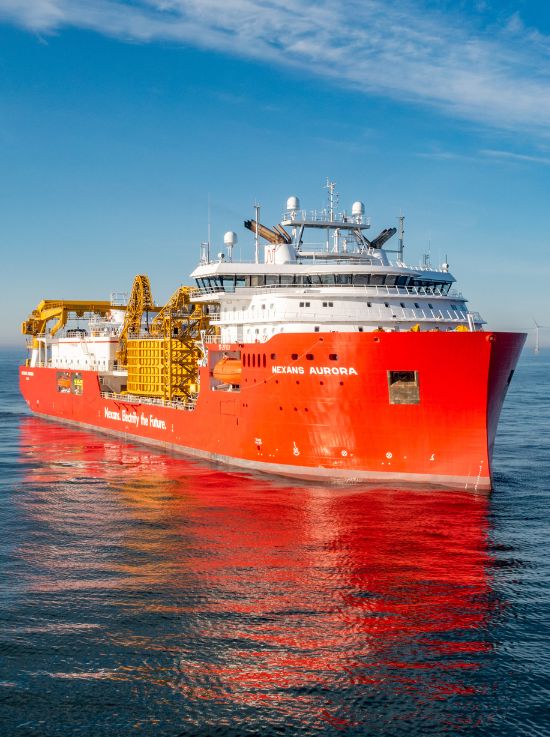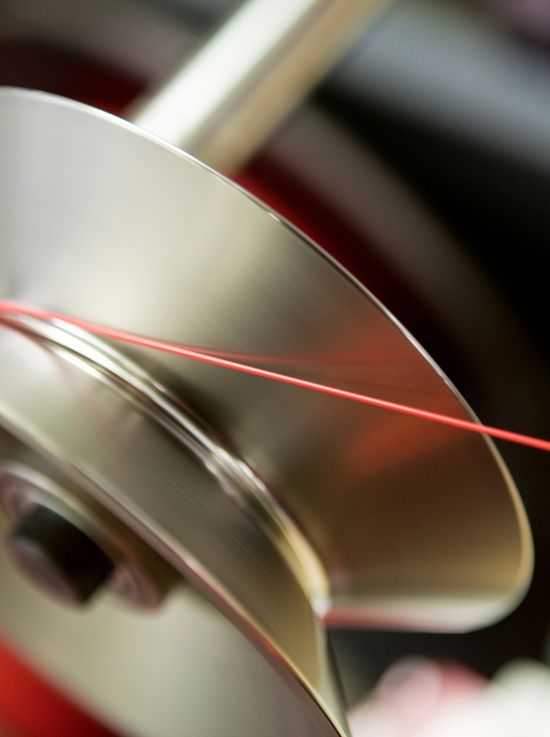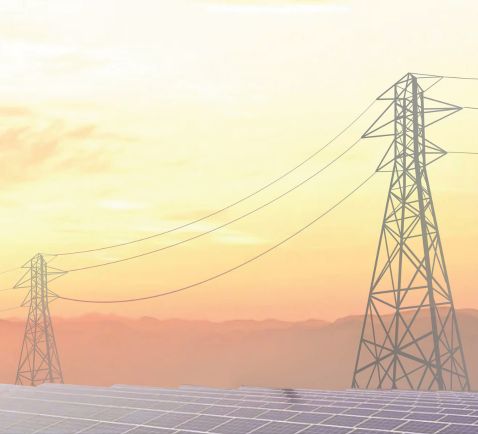A groundbreaking study on marine pollution was presented on October 1st at Nexans’ innovation center, AmpaCity, in Lyon, born from a novel partnership between the scientific world and industry. United around Fabrice Amédéo, researchers unveiled unprecedented results obtained thanks to a cutting-edge sensor deployed during the 2020 Vendée Globe. This unique campaign revealed the omnipresence of microplastics in the ocean, their diversity, and the explosion in the number of small microplastics, as well as the presence of cellulose fibers. These major discoveries, made possible thanks to the collaboration with Nexans, could well change our perception of the health of our oceans.
Data that challenges scientific knowledge
The Imoca Nexans-Wewise, skippered by Fabrice Amédéo and equipped with a sensor measuring three fragment sizes (300, 100, and 30 microns), enabled scientists Enora Prado (Ifremer), Christophe Maes (IRD), and Sophie Lecomte (University of Bordeaux) to reveal, during the conference, the unprecedented dispersion of microplastics, independently of major ocean currents. This data, collected thanks to this advanced instrumentation, calls into question current knowledge about the dispersion of marine waste, as explained by Christophe Maes, an oceanographer at IRD. The Ocean Calling endowment fund, in collaboration with research teams, aims to model more precisely the impact of these microplastics on marine ecosystems.
AmpaCity: An innovation ecosystem serving the environment
Located in Lyon, the AmpaCity site, inaugurated in 2022, plays a central role in the Group’s mission. Spanning 6,000 m², with 4,500 m² dedicated to more than 20 laboratories, AmpaCity brings together a hundred experts from 10 different nationalities, including 17 PhDs, to develop cutting-edge technologies. The site focuses on key projects such as reducing environmental impact and increasing the reliability of electrical networks.
Microplastic pollution in the oceans concerns everyone, both individuals and industries. Acting on these issues is therefore essential, which is why the circular economy, with its challenges related to plastics, is one of the major topics addressed at the AmpaCity innovation center. For example, Nexans’ Mobiway range offers reusable packaging, an effort in line with the company’s commitment to the circular economy. In addition, Nexans is exploring the use of plastic waste to manufacture cables, a step aimed at reducing its carbon footprint.
The Vendée Globe, a platform for science
Fabrice Amédéo, who will once again take the start of the Vendée Globe in November 2024 with his boat equipped with the sensor, is proud to contribute to this citizen science initiative, hoping that the results will encourage a change in behavior and increased support for recycling and developing countries. It is essential to remember that 90% of marine waste comes from the major rivers of emerging countries, and that the fight against plastic pollution also requires strengthened international aid.
Watch the Ocean Calling conference replay below and learn more about these scientific revelations. Discover how these results contribute to the fight against ocean pollution and the advancement of solutions to reduce environmental impact.
First results provided in 2022 and 2023
First scientific results: results of measurements at 300 microns
This study, led by three French institutes: Ifremer, the University of Bordeaux and the IRD (a public research institution), reveals that the surface waters of the Atlantic Ocean are twice as polluted by cellulose fibres as it is by microplastics.
This study, based on measurements taken from an offshore race boat, also shows that the North Atlantic is more affected by plastic pollution than the South Atlantic and questions the dynamics of the subtropical gyre (area with a high concentration of microplastics) since the pollution levels measured there are lower than expected.
Results of the measurements at a precision level of 100 microns
All these measurement campaigns are analyzed by scientists from the University of Bordeaux and Ifremer.
The analyses indicate a significant presence of cellulose fibers in the filters: they are 40 times more concentrated on the 100 µm sieves with a distribution in the water column almost equivalent to that of microplastics. Another striking fact is that 100% of the samples from the 100 µm sieves contain microplastics compared to 64% for the 300 µm sieves.
By going from an analysis of 300 to 100 µm, the presence of microparticles (cellulose fibers and microplastics fragments) increases, and the proportion of microplastics is also on the rise: at 300 µm, there are twice as many cellulose fibers, at 100 µm, the proportion is 54% cellulose fibers and 46% microplastics.
Together, let’s protect our oceans.







